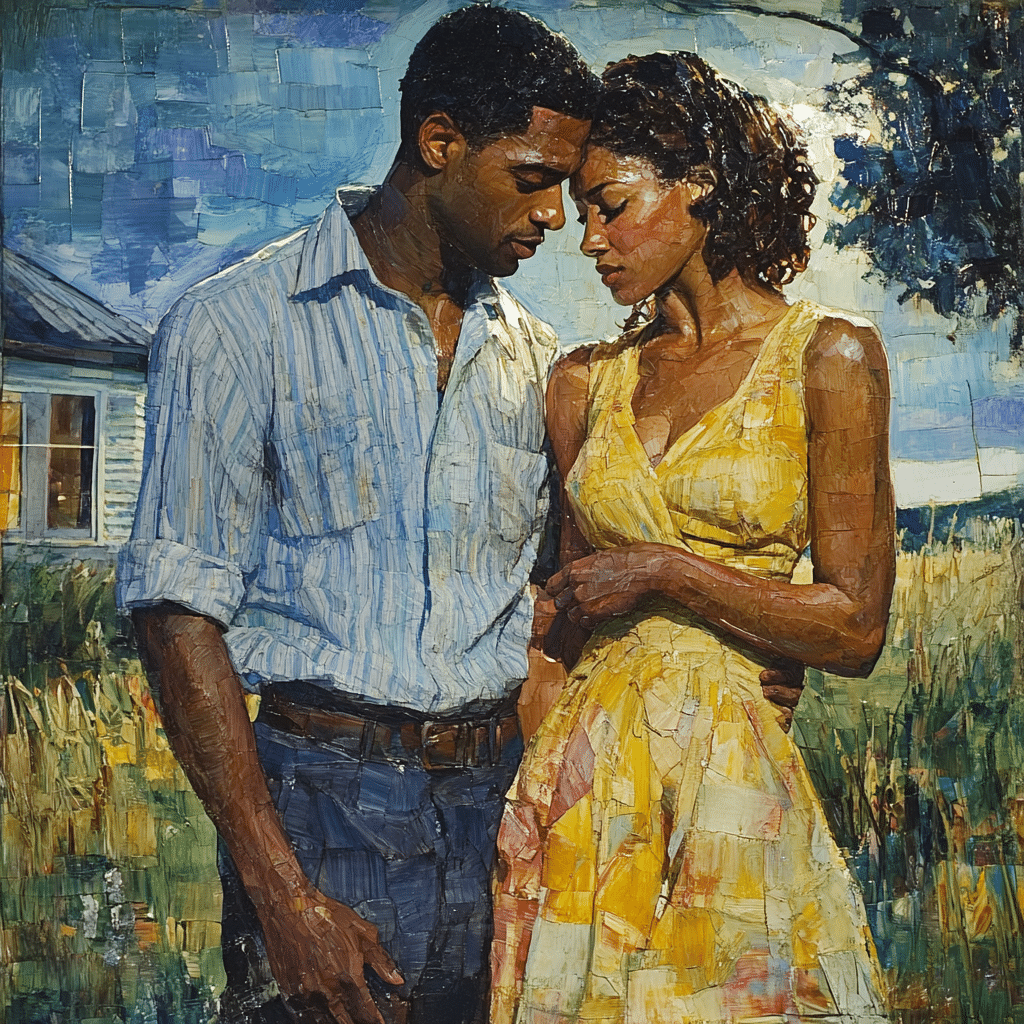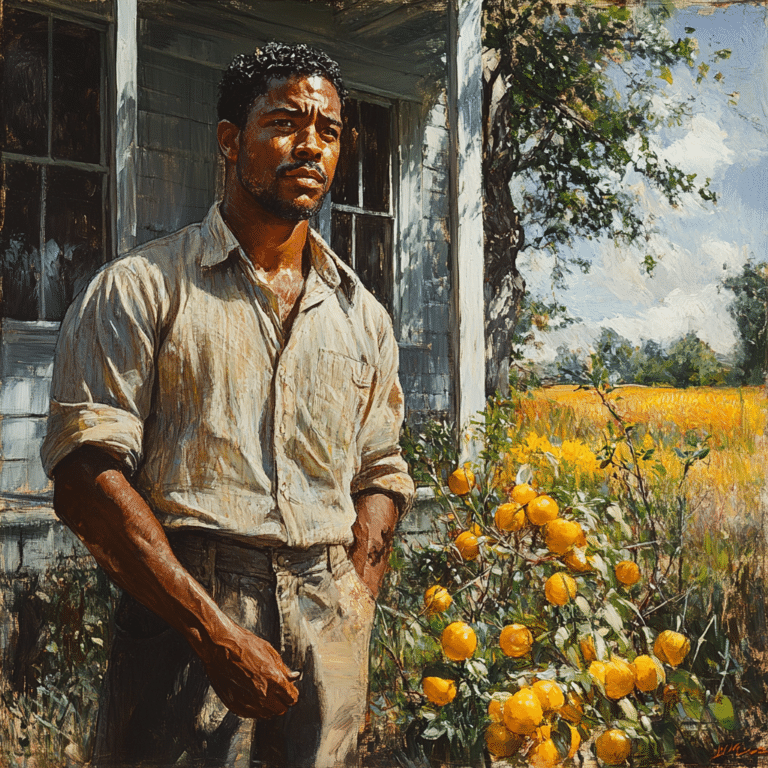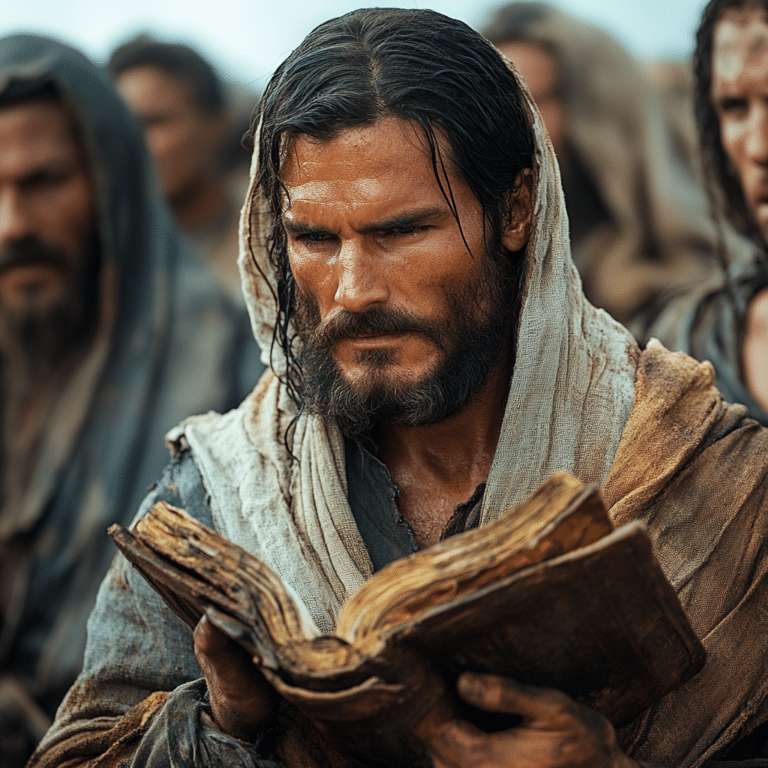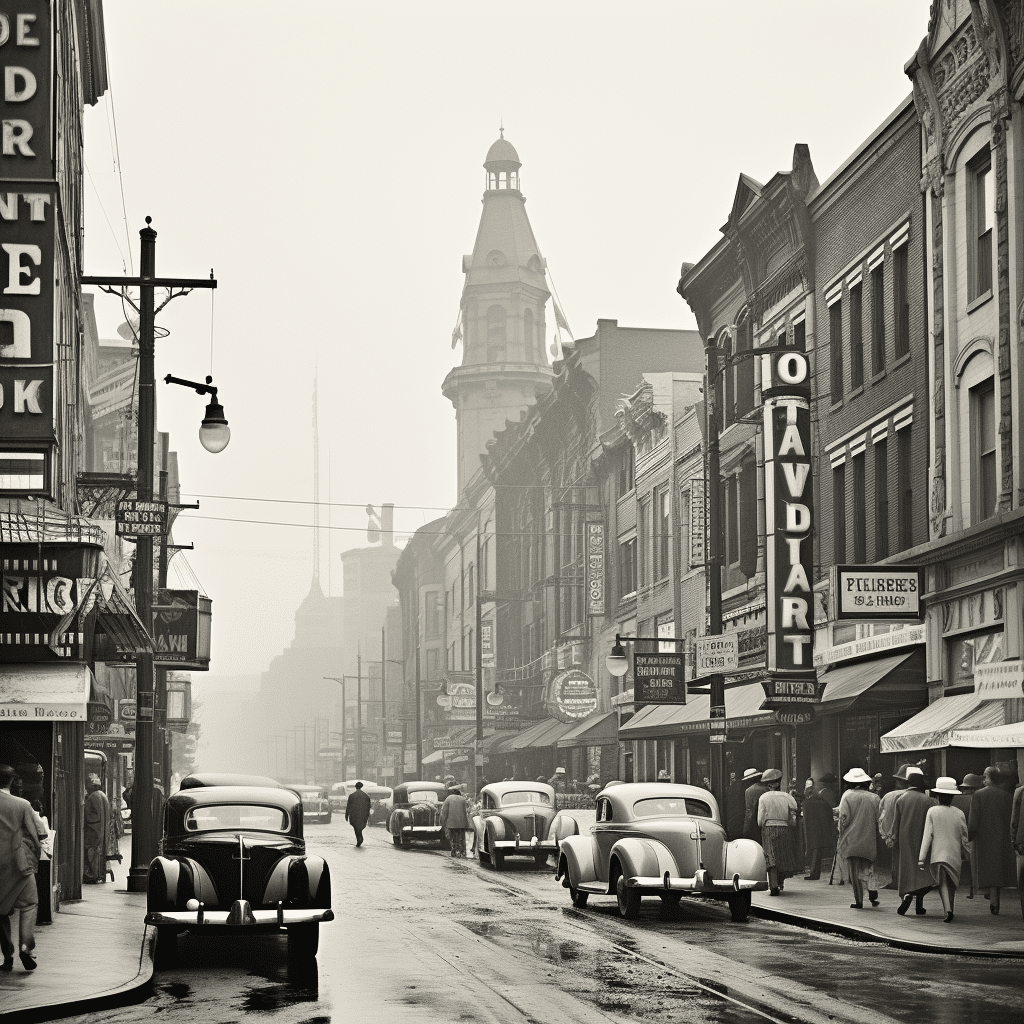
The Timeless Themes of A Raisin in the Sun
In Lorraine Hansberry’s groundbreaking play, A Raisin in the Sun, the exploration of dreams and struggles resonates with audiences even decades after its debut. The story centers around the Younger family, whose hopes flare and flicker amidst economic challenges and societal injustices. Deferred dreams, racial identity, and family dynamics are themes that echo across generations, reminding us that struggles related to aspiration are as relevant today as when the play first graced the stage.
The family’s desire for a better life acts as a mirror reflecting the aspirations of countless individuals striving for their own piece of the American Dream. The youngest member, Beneatha, seeks to break free from the constraints imposed by society and tradition. Her quest for identity not only highlights her personal struggles but also brings forth larger conversations about race and culture. This generational struggle encapsulates a narrative that’s not just American but universal.
As we dissect the complexities of A Raisin in the Sun, we see how Hansberry arguably penned a timeless piece that continues to resonate in contemporary discussions surrounding equity, class, and dreams. The play offers a candid look into the societal structures that often crush aspirations before they can blossom, allowing audiences to reflect on their own paths and challenges.

Top 5 Lessons from A Raisin in the Sun That Echo in Other Stories
Much like Walter Lee Younger in A Raisin in the Sun, many characters in literature chase their own versions of the American Dream amid barriers often constructed by society. For instance, Esperanza Cordero in The House on Mango Street faces her own limitations while yearning for more than her circumstances afford. Both narratives encapsulate the struggle against societal expectations, portraying how dreams can become both a source of motivation and frustration.
The Younger family’s dynamic is fraught with tension akin to the characters in V.C. Andrews’ Flowers in the Attic. Both families share secrets and burdens that can reshape their relationships. What stands out is how dreams can both unite and divide—when aspirations clash, the familial fabric often shows wear and tear.
Just as the cramped conditions in Snakes on a Plane shape the characters’ decisions and desires, the setting in A Raisin in the Sun is crucial in shaping the Younger family’s aspirations. The interwoven narratives reveal a deep connection between environment and hope, offering insight into how external forces influence personal ambitions.
The theme of deferred dreams in Hansberry’s work resonates across various genres, including the family-friendly Aliens in the Attic. Characters must confront obstacles that derail their goals, mirroring Walter’s daily struggles as he strives for financial security and stability for his family. The pain of unfulfilled dreams is a central thread that weaves through many stories, urging both characters and audiences to confront their realities.
In A Raisin in the Sun, the exploration of racial identity parallels the journey of characters in The House on Mango Street. Both works foster vital discussions around race and the pressure to conform, showcasing how societal expectations can compel individuals to carve their unique paths. Through these narratives, readers and audiences can engage in deeper conversations about cultural identity and transformation.
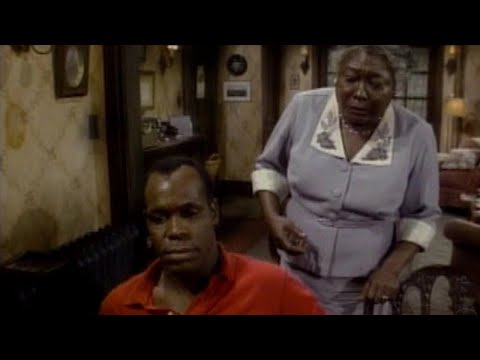
How A Raisin in the Sun Continues to Inspire Modern Discussions on Race and Identity
Today, A Raisin in the Sun remains a pivotal piece not just of theater but of societal reflection. In a world still grappling with systemic racism, Hansberry’s unflinching examination of race and privilege provides a launching pad for critical dialogues. Contemporary adaptations of the play, such as those seen in regional theaters, showcase its relevance to current socio-economic challenges including wage gaps and housing discrimination.
The struggles depicted by Walter, Ruth, Beneatha, and the rest of the Younger family serve as touchstones for audiences who recognize similar challenges in their communities. With every revival, the storytelling updates resonate with fresh perspectives while acknowledging the historical context. As more people become aware of these pressing societal issues, A Raisin in the Sun continues to spark important conversations that can pave the way for change.
Furthermore, the discussions surrounding Hansberry’s work encourage individuals to reflect on their family legacies and personal ambitions. The dreams may differ, yet the undercurrents of struggle remain constant, tying generations together in a shared experience of hope and resilience.
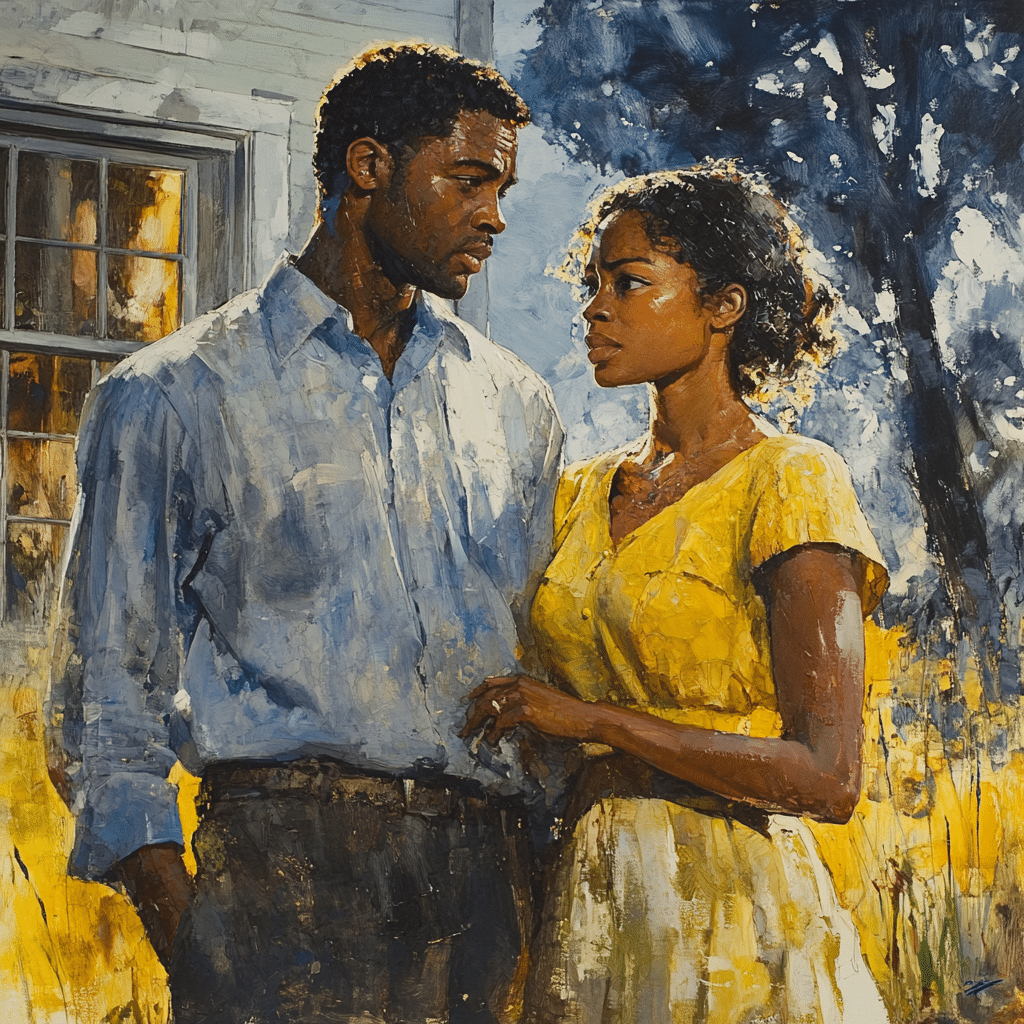
The Legacy of A Raisin in the Sun in Today’s Cultural Landscape
From Broadway revivals to powerful film adaptations, A Raisin in the Sun continues to make an impact in popular culture. The legacy of this work is evident in various contemporary narratives that delve into underrepresented communities fighting against systemic barriers. Diverse storytelling today does not shy away from the hard truths illustrated in Hansberry’s original work but instead animates them with modern perspectives.
As we examine the touchstones of remarkable narratives across media, A Raisin in the Sun serves as an inspiration for many stories that explore themes of aspiration, identity, and family. The ongoing struggles faced by characters in contemporary films and literature mirror those from Hansberry’s world, highlighting how dreams often continue to be deferred by societal limitations.
Life still surprises us, doesn’t it? The Younger family fought against their obstacles with tenacity, reminding us that pursuing our dreams is a journey—often fraught with hardship but undeniably worth the struggle. As we experience our own challenges, let’s hold onto the hope and resilience that echoes from Hansberry’s timeless work.
If you’re looking for insight into modern societal issues, feel free to visit our free chat rooms for further discussions on A Raisin in the Sun or explore ideas on cultural persistence amidst adversity. Remember, whether it’s understanding How To hold Chopsticks or examining Blox fruit values, life indeed spirals in unexpected directions, each lesson building upon the last.

A Raisin in the Sun: Captivates with Dreams and Struggles
Exploring the Dream
“A Raisin in the Sun” isn’t just a play; it’s a peek into the dreams and aspirations that fuel life’s journey. Did you know Lorraine Hansberry, the playwright, was the first Black woman to have a play produced on Broadway? That’s a groundbreaking achievement, considering the historical hurdles faced during the 1950s! This journey mirrors the struggle for Black Americans seeking their dreams, much akin to how families today are navigating their finances through options like personal Loans right now. In both scenarios, it’s all about striving for a better tomorrow.
Cultural Impact and Legacy
This powerful drama showcases relatable themes of ambition and social justice, reflecting the desires of many—much like the universal love for music! Speaking of music, consider that on Dolly Parton’s birthday, we celebrate not just her iconic songs but also the timeless stories shared through art. “A Raisin in the Sun” resonates with audiences across generations, proving the importance of dreams, family, and resilience. Such connections speak volumes about the play’s enduring impact on American culture and society.
Food for Thought
In addition to its moving narrative, the play can be analyzed through various lenses, including culinary arts. Some have compared the emotional “kitchen” scenes to the dynamics of a sexual kitchen, blending relationships with sustenance. This kind of deep analysis highlights how Hansberry’s work captures not just the heart but also the everyday realities of life and struggle. So whether you’re examining the characters’ obstacles or flipping through a Cfa menu after a long night of theater, it’s clear that “A Raisin in the Sun” offers food for thought that continues to inspire.
